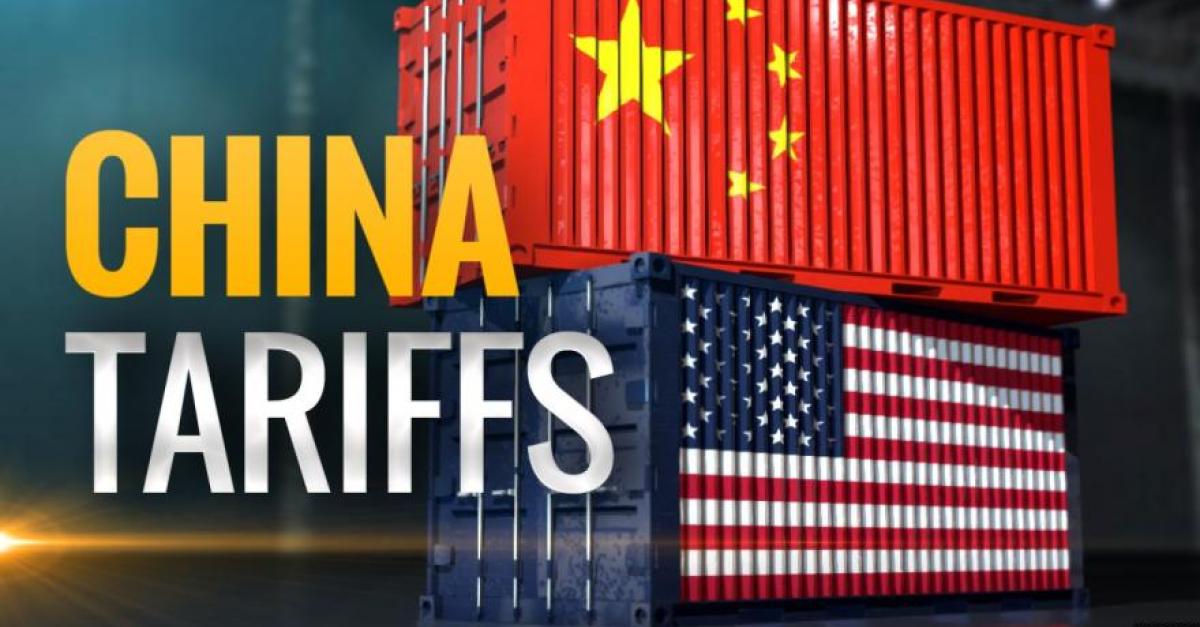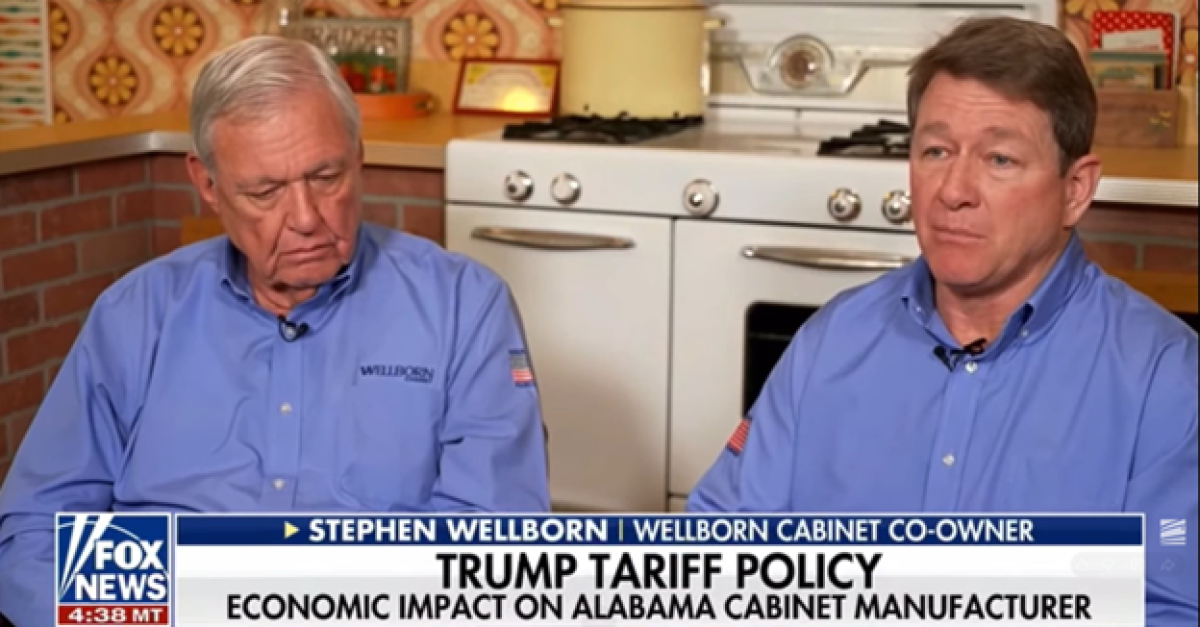KCMA is pleased to announce that, on March 17, 2023, the U.S. Department of Commerce (“Commerce”) has issued a preliminary affirmative scope ruling with respect to wooden cabinets, vanities, and components thereof (“WCV”) from China that are being shipped through Malaysia and Vietnam to evade the antidumping and countervailing duty (“AD/CVD”) orders on WCV from China.
This memorandum summarizes Commerce’s preliminary scope ruling and the steps the agency will take moving forward.
I. Background on Four Scenarios
In our requests for scope rulings, we requested that Commerce examine whether the following four scenarios are covered by the AD/CVD order:
Scenario 1: finished wooden doors, drawer faces, and frames produced in China are
combined in Malaysia or Vietnam with wooden cabinet boxes and drawer boxes started and finished in Malaysia or Vietnam.
Scenario 2: semifinished wooden doors, drawer faces, and frames produced in China are
further processed in Malaysia or Vietnam and then combined in Malaysia with wooden cabinet boxes and drawer boxes produced in Malaysia or Vietnam.
Scenario 3: semifinished parts of wooden cabinet and vanity doors, drawer faces, and
frames (all the rails, stiles, and panels) are produced in China and are further processed in
Malaysia or Vietnam and then combined with wooden cabinet boxes and drawer boxes
produced in Malaysia or Vietnam.
Scenario 4: finished wooden toe kicks produced in China are combined in Malaysia or Vietnam with all other components necessary to build a complete wooden cabinet which were started and finished in Malaysia or Vietnam
As discussed in greater detail below, Commerce examined each of these scenarios separately in its preliminary scope determination.
II. Plain Language of Scope
Commerce first analyzed whether the plain language of the scope covered the four scenarios described above. It found that all scenarios were covered by the scope of the order. Commerce reasoned that all the components and parts described in these scenarios are covered by the scope of the orders. In addition, if found that all of the further processing in the third countries of Malaysia and Vietnam are specifically covered by the orders. In so doing, it rejected arguments raised by CabinetWorks and MasterBrand that parts such as toe kicks are not covered by the plain language of the scope. It found that it was not expanding the scope of the orders in any way by making this finding. This is an important outcome of this proceeding as it is now clear that these components and component parts are covered by the scope.
III. Framework for Substantial Transformation Analysis
After analyzing the plain language of the scope, Commerce found it necessary to determine the country of origin of the products for each of the four scenarios. In determining the country of origin of a product, Commerce’s practice is to conduct a “substantial transformation” analysis to determine whether the processes performed in a country are of such significance as to require that the resulting merchandise is the product of the country in which the processing occurred. In conducting the substantial transformation analysis, Commerce considers a following factors: (i) whether the processed downstream product is a different class or kind of merchandise than the upstream product; (ii) the physical characteristics of the product; (iii) the intended end-use of the downstream product; (iv) the cost of production/value added of further processing in the third country; (v) the nature and sophistication of processing in the third country; (vi) the level of investment in the third country or countries; and (vii) where the essential component of the product is produced or where the essential characteristics of the product are imparted.
To evaluate the cost of production and the value added in the third countries, Commerce relied on information from the first administrative review of the antidumping duty order on WCV from China, including a bill of materials from one of the Chinese respondents in that proceeding. Commerce divided the production process of a complete WCV into three phases: (1) the cutting and shaping of the wood into the proper size and shape; (2) the painting, staining, or other coating of the components to yield a finished component as well as the addition of any hardware; and (3) the assembly or packing of the finished components into a complete cabinet or RTA package. Commerce then attributed the cost of production and value added in China as compared to the third country for each of these three phases.
IV. Specific Findings for Each Scenario
Scenario 1: A critical scenario to address in these proceedings was Scenario 1 – i.e., the combination of finished Chinese components with WCV components from Malaysia and Vietnam. Commerce found that WCV imported into the United States under this scenario are Chinese in origin and thus covered by the scope of the orders. This means that all U.S. imports of complete WCV that include any doors, drawer faces, and frames that were finished in China will be covered by the scope of the AD/CVD orders.
Scenarios 2 and 3: These two scenarios involve semifinished wooden doors, drawer faces, and frames produced in China and further processed in Malaysia or Vietnam, that are combined in those countries with a wooden cabinet box and drawer box produced in Malaysia or Vietnam. Commerce found that the record contains insufficient information to issue a preliminary scope determination for these two scenarios. In particular, Commerce found there was insufficient information regarding the cost of production/value added, the nature and sophistication of third country processing, and the level of investment in Malaysia and Vietnam. Significantly, Commerce found that all other factors supported a finding that the WCV are of Chinese origin.
Scenario 4: This scenario tested the outer boundaries of what Commerce would consider to be included in the scope as it involved a complete WCV containing just a toe kick produced in China and with all other wooden parts produced in Malaysia or Vietnam. Commerce found that 98.27 percent of the cost for Scenario 4 occurred in the third country and 1.73 percent of the cost occurred in China. In addition, since only the toe kick came from China, the nature and sophistication of third country processing and the level of investment in the third country weighed in favor of finding that the country of origin was Malaysia or Vietnam. Moreover, the essential component or character of the complete WCV was Malaysia or Vietnam since over 99 percent of the wood in the final package was started in those countries. As a result, Commerce found that the country of origin for Scenario 4 was Malaysia or Vietnam.
V. Next Steps
Because Commerce found that there was insufficient information to decide Scenarios 1 and 2, it is providing all the interested parties an opportunity to provide additional information on the factors relevant to substantial transformation. In particular, Commerce is asking for the following information:
- Factor 4, the cost of production: Any information pertaining to methods that may differentiate by country or allocate: phase 1 and 2 production, labor, energy, and packing for Scenarios 2 and 3;
- Factor 5, the nature and sophistication of production in the third country: Any information which defines every production step, identifies the required tooling and country in which the processing occurred; and,
- Factor 6, the level of investment in the third country: Any information regarding the costs of the equipment and facilities required to house production in a two-country production chain.
Additional factual information must be submitted by March 30, 2023, and rebuttal factual information by April 6, 2023. Interested parties are then invited to comment on the preliminary
determination by April 20, 2023, and submit rebuttal comments by April 27, 2023.
It will be critical to work with KCMA members over the next two weeks to gather information related to the three factors described above to show that the country of origin for the merchandise in Scenarios 2 and 3 is China.



